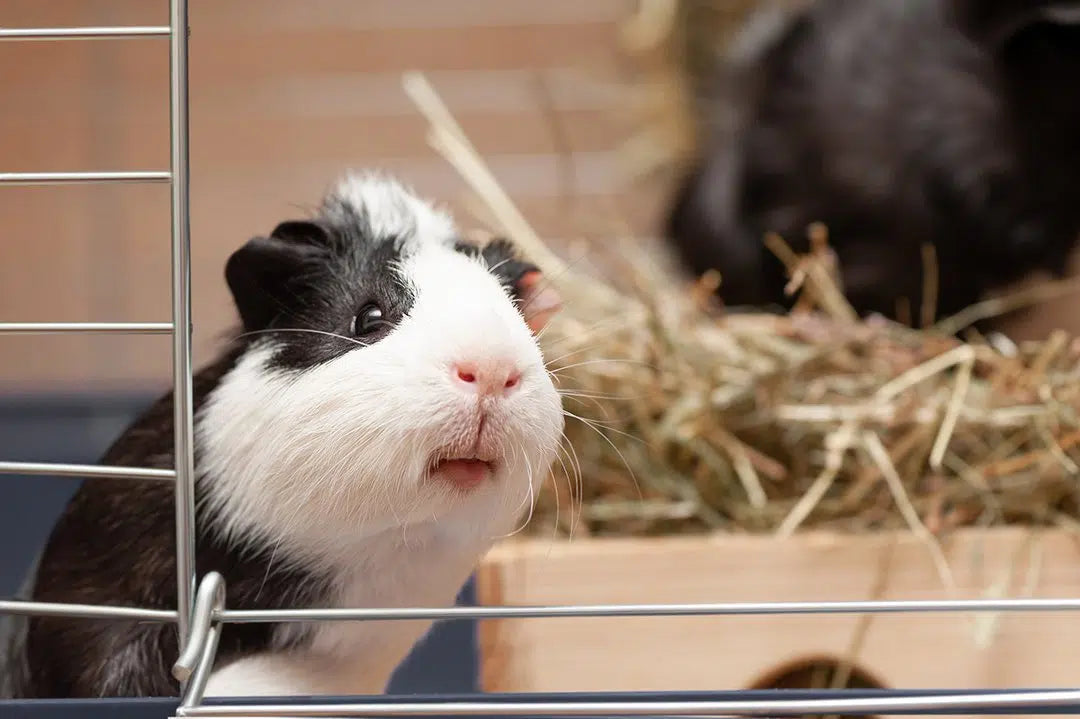Oven-Dried Quality
1. Color:
- Fresh green or dark green: Fresh, with higher nutritional content, good palatability, usually seen in new grass.
- Yellow: Generally underdeveloped, overripe, or old grass from previous years, with significant loss of nutrients and poor palatability.
- Brown or grayish: Spoiled grass; do not feed to guinea pigs if the grass is any other color.
2. Smell:
Generally, better quality grass will have a noticeable scent of grass or tea when the package is opened; the better the quality, the stronger the smell.
For old grass, it generally has no smell.
3. Dust:
High-quality hay has almost no dust.
If visible dust is clearly seen floating in the air when opening the package, or if a significant amount of dust is felt when moving the hay, this indicates average-quality hay.
Prolonged inhalation of dust by guinea pigs can easily lead to respiratory diseases.
4. Stem-to-Leaf Ratio:
From the perspective of a healthy diet for guinea pigs, the stems and leaves in hay should maintain a balanced ratio, as this is more suitable for their dental wear.
The grinding effect of leaves is far inferior to that of stems.

Sun-Dried Quality
1. Seed Heads:
Some seed heads are inevitable. Early-cut sun-dried hay typically has minimal seed heads.
More seed heads indicate later harvesting, resulting in older, tougher hay.
2. Color:
Fresh sun-dried hay can exhibit vibrant green hues, similar to oven-dried hay.
Over time, the hay yellows, with darker discoloration indicating lower quality.
3. Stem Texture:
Premium sun-dried hay has flexible, resilient stems that resist breaking.
Older hay develops harder, brittle stems, compromising palatability.
4. Drying Level:
Sun-dried hay should be thoroughly dried.
Insufficiently dried hay is less appealing to rabbits and poses long-term risks, including mold growth, pest infestation, and reduced storage viability.
5. Smell:
High-quality hay typically emits a fresh, grassy, or tea-like scent when opened. The better the quality, the more pronounced the aroma.

Storage Guidelines
- Store in a cool, dry, and dark environment.
- Avoid direct contact with the floor to prevent moisture absorption.
- Reseal the bag tightly after each use.
- For extended freshness, consider adding food-grade desiccant packets to the storage container.

